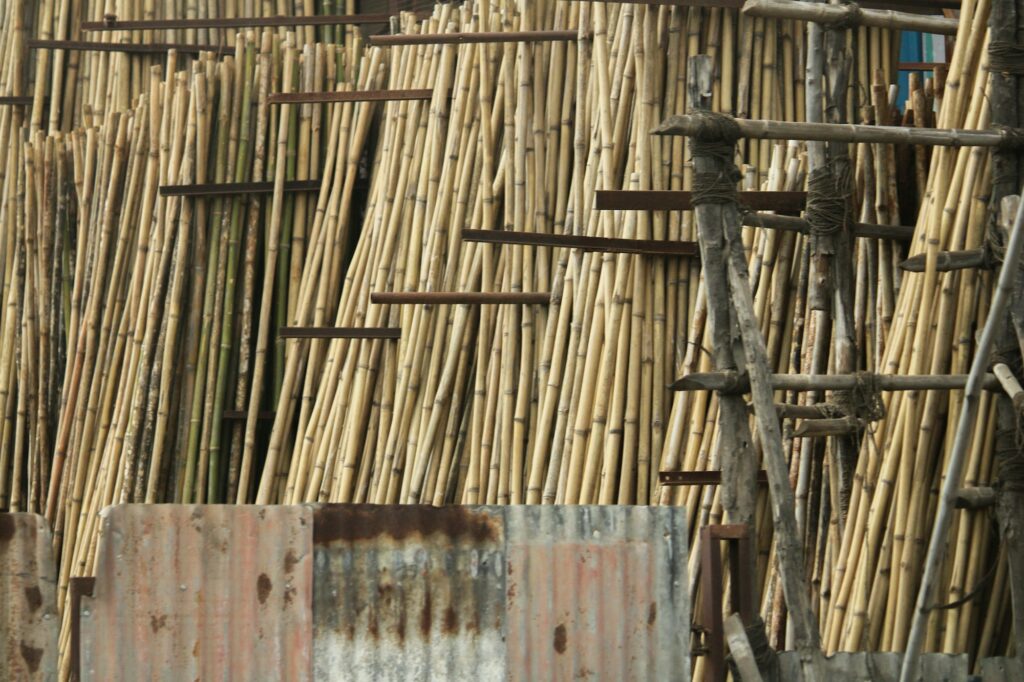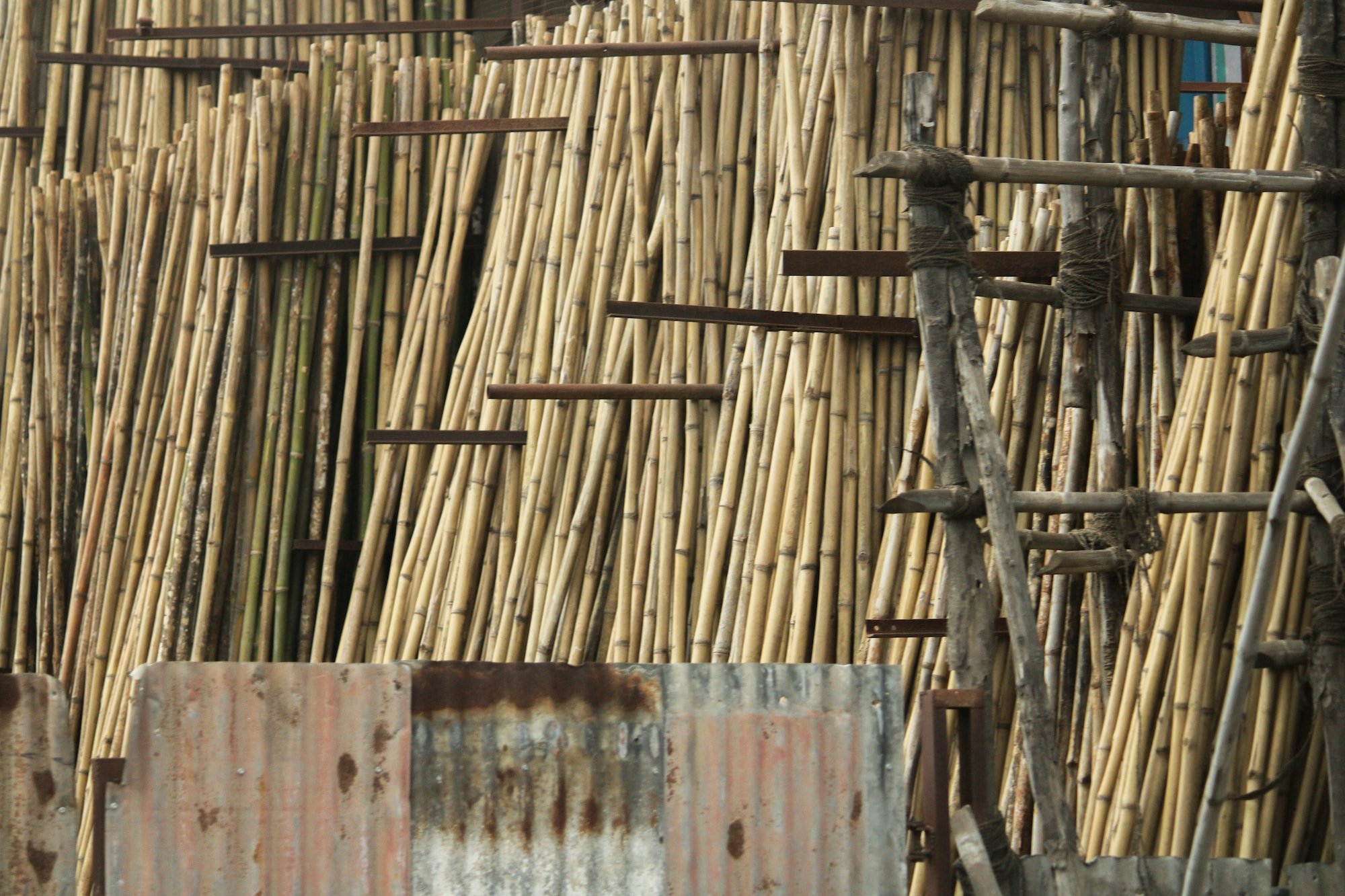Building a home or planning a renovation can be an exciting endeavor, but it’s essential to consider the environmental impact of your choices. By selecting green building materials, you can reduce your carbon footprint and create a more sustainable living space. In this guide, we’ll discuss several eco-friendly building materials that can help you positively impact the environment.

Recycled Steel
Steel is a versatile and durable building material commonly used in construction. Choosing recycled steel over newly produced steel is an environmentally friendly option, as it requires less energy and helps reduce waste in landfills. Additionally, steel is 100% recyclable, ensuring that your choice will not contribute to the depletion of natural resources.
Reclaimed Wood
Reclaimed wood has been salvaged from old buildings, barns, or other structures and repurposed for new construction projects. This sustainable building material reduces the demand for newly harvested wood, which can help protect forests and prevent deforestation. Reclaimed wood also adds a unique character and charm to your home, often featuring beautiful weathering and a distinct patina.
Bamboo
Bamboo is an excellent alternative to traditional wood, as it is a rapidly renewable resource. This grass species can grow up to 3 feet per day and reach maturity in 3 to 5 years, making it an eco-friendly choice for flooring, cabinetry, and other home applications. Bamboo is also incredibly strong and durable, rivaling the strength of many hardwoods.
Cork
Cork is another sustainable building material that can be used for flooring, insulation, and even wall coverings. Harvested from the bark of cork oak trees, cork production does not require cutting down the tree, allowing it to continue growing and producing more cork. Cork is a renewable resource with excellent insulating properties, making it a great choice for energy-efficient homes.
Straw Bale
Straw bale construction is an old but effective method of building energy-efficient and environmentally friendly homes. Bales of straw are used as structural elements, insulation, or both, providing excellent thermal insulation and reducing the need for traditional framing materials. Straw bale construction also repurposes agricultural waste, reducing waste in landfills.
Rammed Earth
Rammed earth is a construction technique that compresses a mixture of earth, clay, sand, and sometimes cement into solid walls. This ancient building method creates strong, durable, and energy-efficient structures with excellent thermal mass, helping regulate indoor temperatures. Rammed earth walls can be left exposed for a unique and natural aesthetic or finished with more conventional materials like plaster or stucco.
Insulated Concrete Forms (ICFs)
Insulated Concrete Forms (ICFs) are innovative and energy-efficient building material that combines reinforced concrete’s strength with foam insulation’s insulating properties. ICFs are made from expanded polystyrene (EPS) foam blocks stacked and filled with concrete, creating airtight, well-insulated walls requiring minimal additional insulation. ICF construction can significantly reduce energy consumption, saving homeowners on heating and cooling costs.
Green Roofs
A green roof is a roof that is covered in vegetation, providing numerous environmental benefits. Green roofs can help reduce stormwater runoff, improve air quality, and provide insulation, reducing energy consumption for heating and cooling. They can also create habitats for wildlife and contribute to urban biodiversity. Green roofs can be installed on both new and existing structures, making them a versatile option for homeowners looking to make their homes more sustainable.
Low- and Zero-VOC Paints
Volatile Organic Compounds (VOCs) are chemicals found in many traditional paints, which can release harmful fumes into the air and contribute to indoor air pollution. Low- and zero-VOC paints are eco-friendly alternatives that emit fewer or no harmful chemicals, improving indoor air quality and reducing health risks for occupants. These paints are becoming increasingly popular and are available in a wide range of colors and finishes.
Solar Panels
Incorporating solar panels into your home’s design is an excellent way to make it more sustainable and energy-efficient. Solar panels harness the sun’s energy and convert it into electricity, which can power your home and reduce your reliance on fossil fuels. Installing solar panels can also lower your energy bills and earn you tax credits or incentives, making it an attractive investment for homeowners.
Wrapping Up
Choosing green building materials for your home benefits the environment and can improve your home’s energy efficiency and overall comfort. By incorporating sustainable options like reclaimed wood, bamboo, cork, straw bale, rammed earth, insulated concrete forms, green roofs, and low-VOC paints, you can create a more eco-friendly living space that aligns with your values and contributes to a healthier planet.
Additionally, investing in solar panels can help further reduce your carbon footprint and save on energy costs, making it a smart choice for any eco-conscious homeowner.



